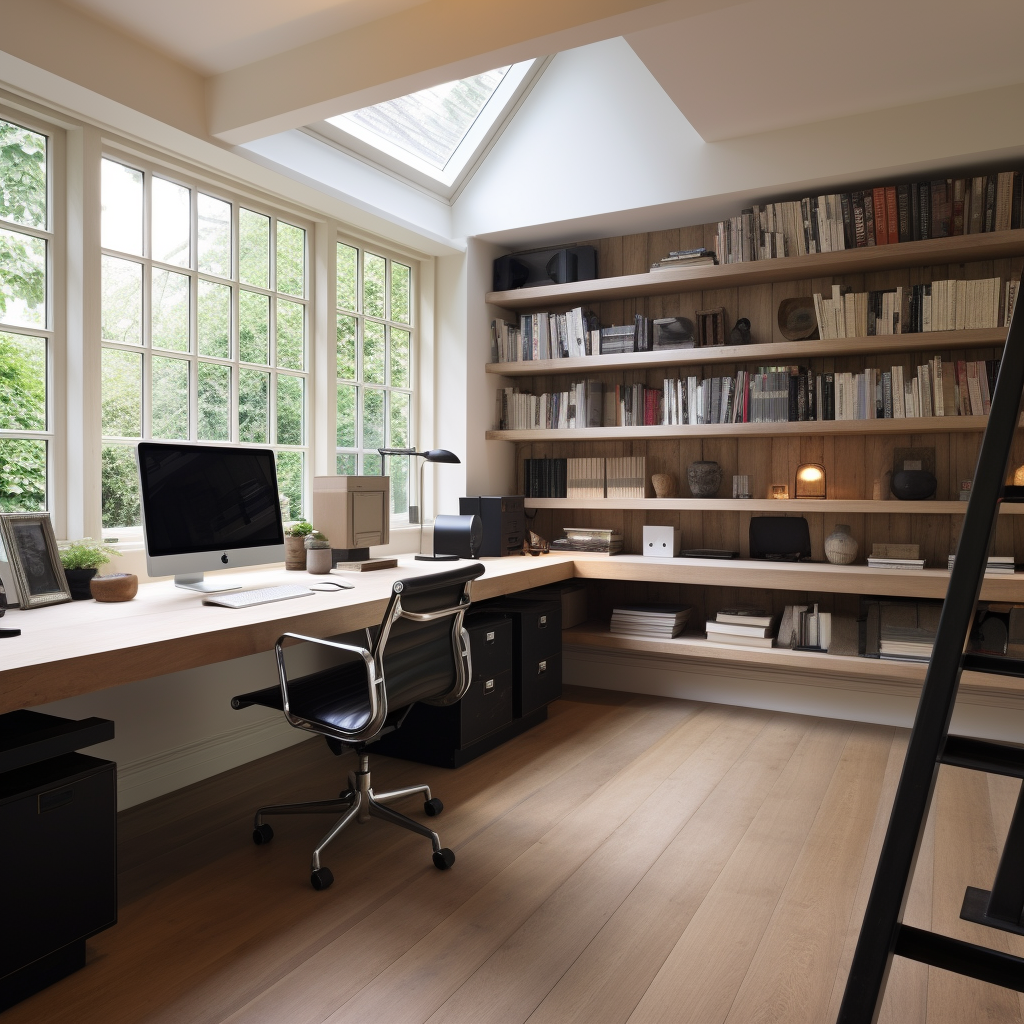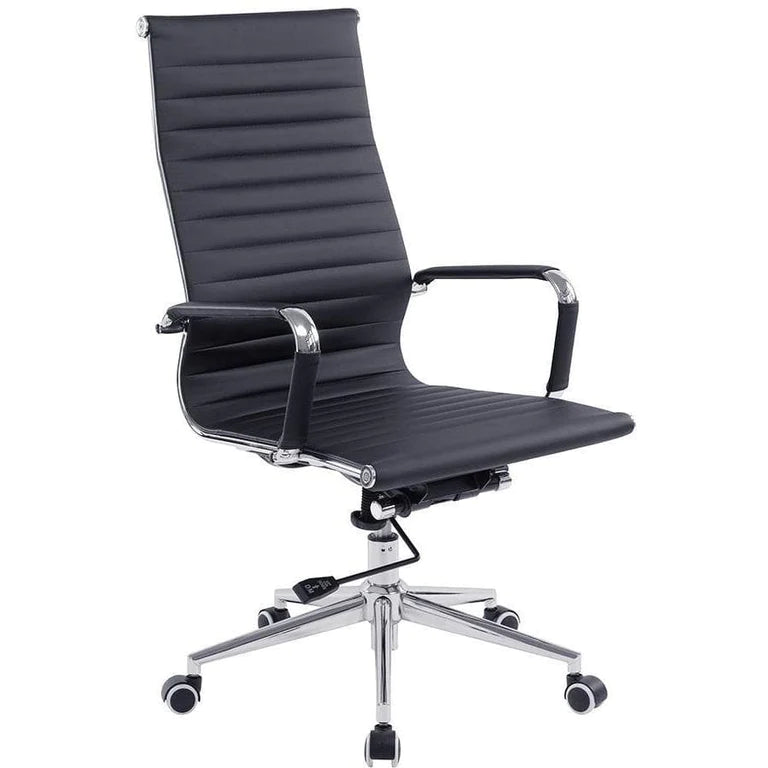
How is general brightness of a room affected by colour?

The color of the walls, ceiling, and furniture in a room can significantly impact its overall brightness. Brightness is the perception of how much light is emitted or reflected off surfaces, and this perception can be influenced by the following factors:
-
Reflectivity: Light colors tend to reflect more light, while dark colors absorb more light. So, rooms painted in light colors (like white or pale pastels) are typically brighter than those painted in dark colors (like deep blue or black).
-
Color Temperature: Certain colors are associated with different light temperatures, which can impact the perceived brightness of a room. For instance, blues and greens are often seen as cooler, potentially making a room seem dimmer, while yellows and reds can give a perception of warmth and brightness.
-
Contrast: A room with high contrast between different colored objects can seem brighter than a room where all the objects and walls are a similar color. This is because our eyes perceive contrast as an increase in brightness.
-
Psychological Perception: The psychological impact of color can also affect perceived brightness. For example, yellow is often associated with sunlight and can make a room feel brighter and more welcoming, while blue might make a room feel cooler and more relaxing, even if the actual amount of light is the same.
So, if you want to increase the perceived brightness in a room, consider using light colors for the walls and large pieces of furniture, opt for colors associated with warmth, increase the contrast, and take into account the psychological effects of different colors. Note that the actual amount of light (from natural sources or artificial lighting) will also play a major role.
White
White is a common choice for many rooms because of its versatility and the range of effects it can create. Here are some of the ways white affects a room:
-
Brightness and Space Perception: White reflects nearly all light that hits it, making it an excellent choice for maximizing brightness in a room. Because it reflects so much light, it can make a space appear larger and more open. This is particularly beneficial for smaller rooms, as the increased brightness can create an illusion of more space.
-
Versatility: White is often seen as a neutral or blank canvas. This means it can match with nearly any color scheme and can easily accommodate changes in decor. If you like to change your furnishings or decor frequently, white walls make it easy to do so without worrying about clashing colors.
-
Mood: White is often associated with cleanliness and simplicity. It can create a calm, peaceful environment and is commonly used in minimalist design for this reason. It's also seen as modern and sophisticated.
-
Highlight Artwork or Features: White can be used to highlight specific features or artwork in a room. When the walls are white, colorful artwork or a brightly colored piece of furniture can stand out and become the room's focal point.
-
Temperature Perception: While white is a neutral color, it can have cool or warm undertones, which can subtly affect the feel of a room. White with blue undertones might make a room feel slightly cooler, while white with red or yellow undertones can make a room feel warmer.
-
Maintenance: One downside of white is that it shows dirt, stains, and wear more easily than darker colors. This means that white walls or furniture may require more maintenance to keep them looking clean.
Remember that the type of white (cool, warm, pure, etc.) and finish (matte, semi-gloss, gloss, etc.) you choose will also impact the room's final appearance. You'll want to consider these factors as well when deciding on the right shade and type of white for your space.
In any case, white seems to be a go-to colour for office interior designers these days.









